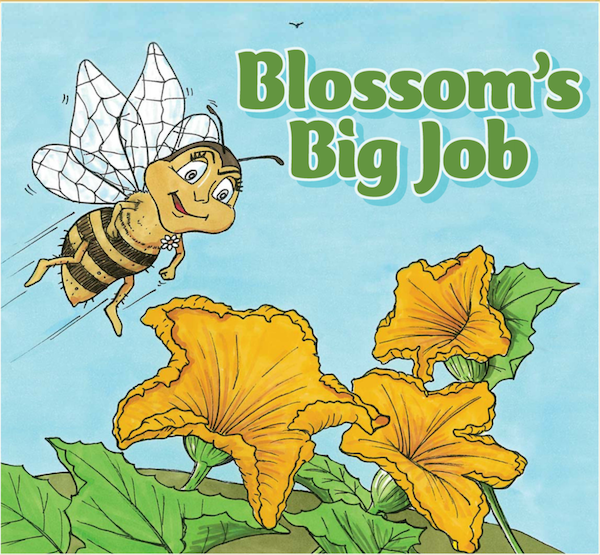Have a problem? Don’t panic! The first thing to do is make sure you actually DO have a problem.
Before rushing for a pest or disease diagnosis, remember to think back about what a plant NEEDS to survive. Plant growth is affected by light, temperature, humidity, water, nutrition, and soil. Does your plant have all of its needs met? Is it stressed? Do you know what the healthy version of the plant looks like?
Oftentimes the problems in an indoor garden are environmental – due to lighting, temperature or moisture, and can be fixed by restoring favourable growing conditions. Ensuring ideal growing conditions is also the best way to avoid other garden problems. When plants are grown under stressful conditions (such as low light or excess water), soil-borne pathogens and pests are more likely to develop.
After you’ve considered your plant needs, ask yourself the following questions:
Do I know what a healthy plant looks like?
Often times gardeners will panic about something “normal”. Tomato leaf roll is an example. Some tomatoes are supposed to be yellow or green at maturity. If your issue is a very small problem, either remove the tissue or isolate the offending plant. If your plants are strong and the problem small, they may not need your intervention, especially if it’s caught early. Use your judgment and experience and be ruthless in discarding diseased, damaged or weakened plant tissue.
Is it slimy or moldy?
If so, dispose of the rotten/ rotting stuff, disinfect the watering trays, adjust your watering practices and install a fan to promote air circulation.
Does it move or fly?
If you’ve ruled out an environmental disorder, inspect your plant more closely. Give your plant a shake. If it moves, or you see small bugs flying, it looks like it’s been chewed, has swollen areas that could be eggs, or if you find webs, eggs or droppings, it’s probably a pest. Decay or discoloration can be a sign of disease (assuming fertilization isn’t an issue). Spots on leaves can indicate pests or disease.
Because you are growing in a controlled environment indoors, most insects in your classroom garden will inevitably be pests (unless you get the odd adventurous bee or ladybug). It is important for children not to associate all insects as bad. Sometimes, the most well-known insects are those that cause disease or compete for our food crops, but these insects are only a small fraction of the world’s insect population. Most insects are beneficial to humans and the environment. Without insects, the environment could not function as it does!

